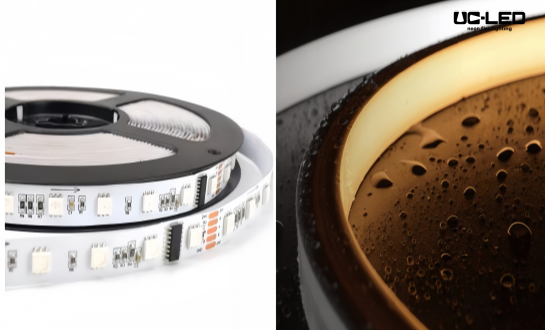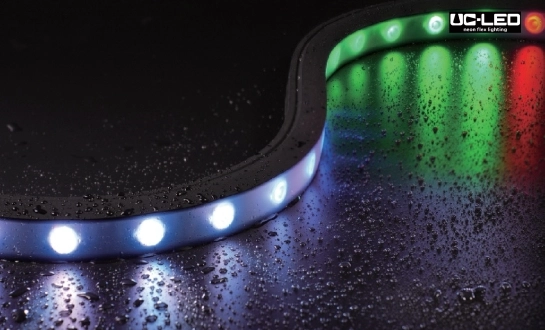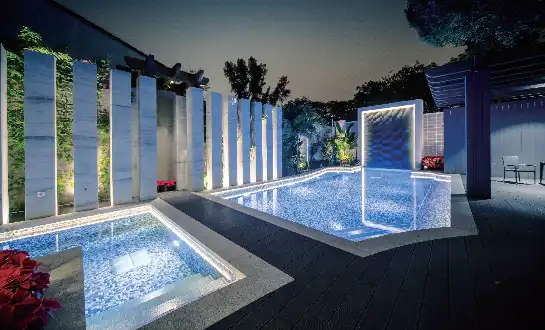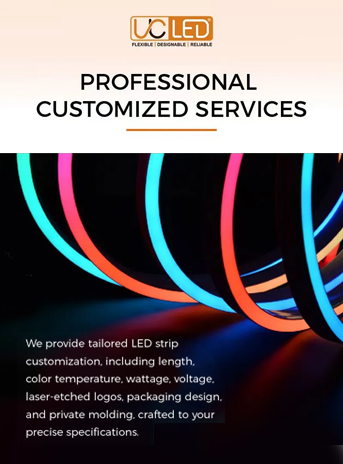LED Neon Flex: Key Applications and Practical Solutions
LED neon flex is a modern, energy-saving, and flexible approach to lighting that has changed the industry and replaced the need for standard neon lights. This new product uses both classic neon and modern LED styles to make a flexible, long-lasting, and customizable lighting option. LED neon flex is used in a lot of different ways, from adding details to buildings to making signs for businesses. It changes the look of a place with its bright colors and smooth lighting. This piece talks about the most important uses of LED neon flex and gives useful advice on how to make sure it works well in a range of settings.
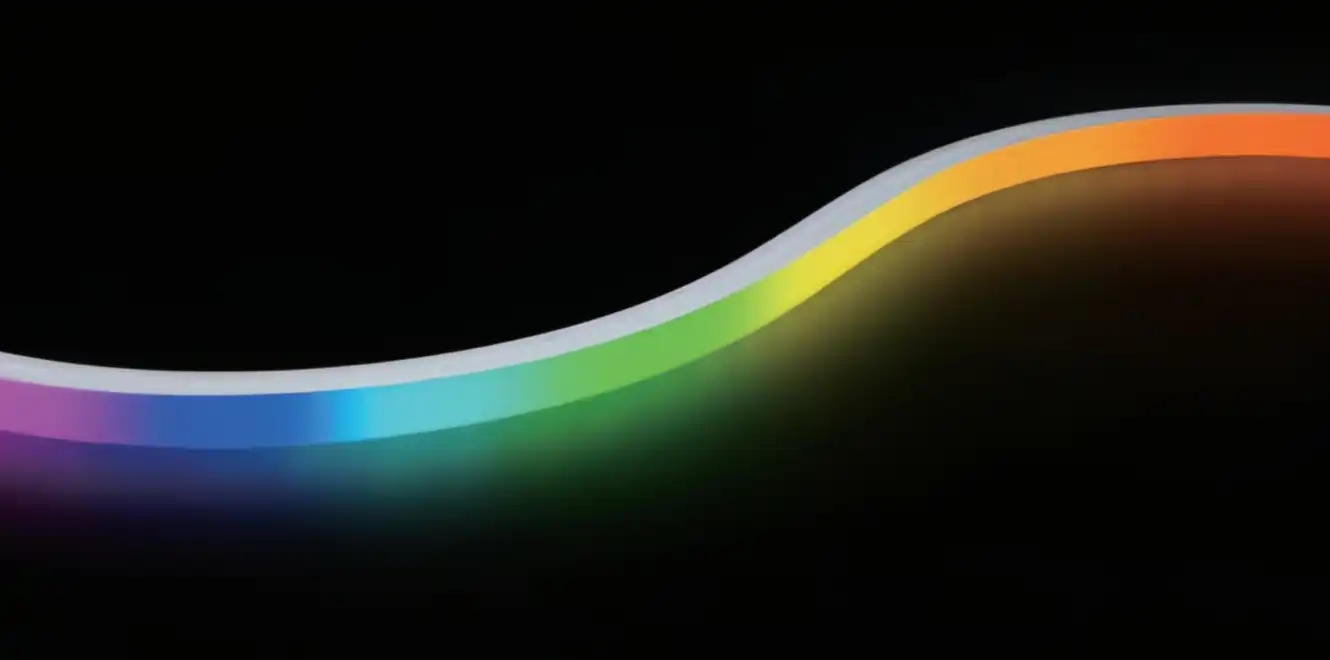
Versatile Applications of LED Neon Flex in Modern Design
Architectural Lighting: Enhancing Building Facades
Architects and artists who want to make the outside of a building stand out have started to use LED neon flex all the time. Its bendability lets it be used in complicated parts of buildings without a hitch, framing edges and making features stand out. High-quality LED neon flex is great for outdoor use because it is waterproof and can handle all kinds of weather while staying bright.
In businesses, LED neon flex can make very interesting shows of light that change plain surfaces and make them look more interesting. This technology is often used by hotels and entertainment places to make interesting entrances that help people find their way and make a great first impression. Being able to set LED neon flex with color-changing effects makes them even more visually interesting because buildings can change how they look for different events or times of the day.
Commercial Signage: Bringing Brands to Life
The advertising and signage industries have adopted LED neon flex as a great way to make brands more visible. LED neon flex is more flexible in terms of design than standard neon, so it can be used to make more complex logos and lettering. It doesn't use much power and lasts a long time, so it's a good buy for companies that want to make eye-catching signs without having to worry about constantly fixing glass neon tubes.
LED neon flex is often used by restaurants, bars, and shops to make eye-catching signs and window displays. The bright colors and customizable patterns help businesses stand out in crowded markets, bringing in customers and strengthening brand identity. Also, businesses can quickly and easily update their signs to fit holiday sales or rebranding efforts because LED neon flex parts are easy to install and take off.
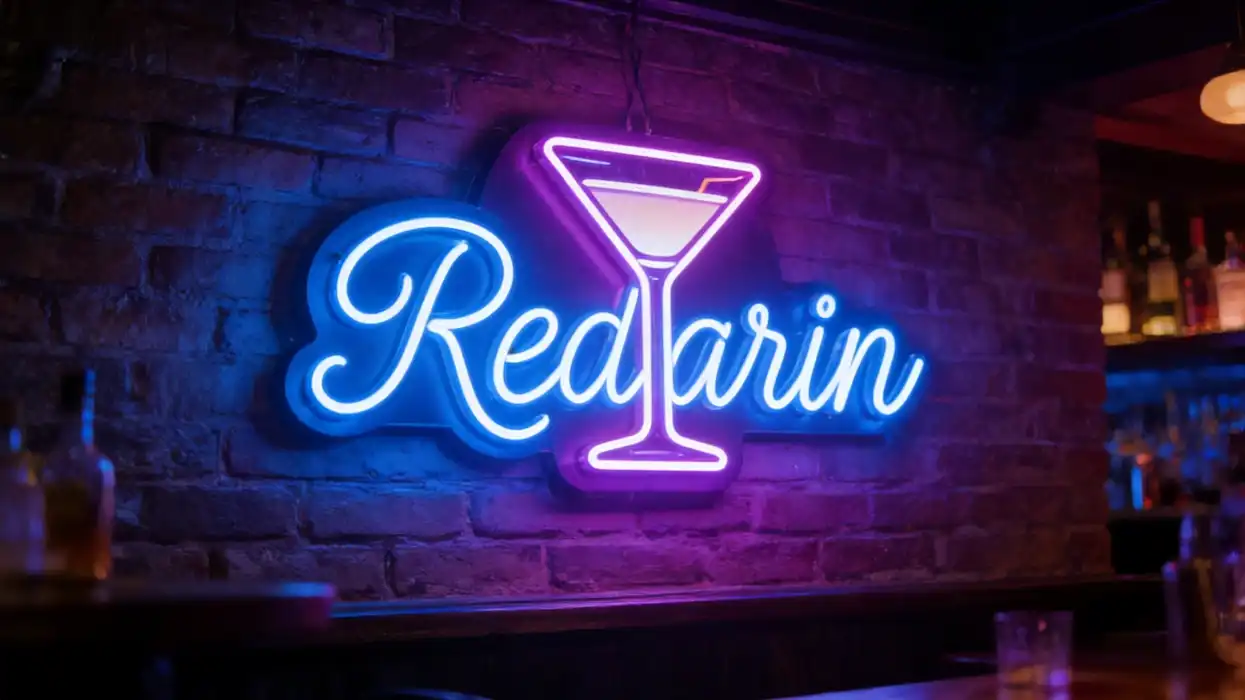
Interior Design: Creating Atmospheric Ambiances
In making one-of-a-kind mood lighting, LED neon flex has shown interior designers how it can change a space completely. It can be used in homes to give a living room, kitchen, or bedroom a soft glow that looks nice and lights up the space. Because LED neon flex is so bendable, you can use it in creative ways, like outlining ceiling coves, framing mirrors, or making furniture pieces stand out.
LED neon flex is used in hospitality, office, and retail areas when it comes to commercial interiors. Bars and nightclubs use it to create realistic lighting experiences by syncing the LED neon flex with music to make the space feel more alive. It is used in the designs of business offices to show off brand colors or make meeting spaces that are different from the rest. Being able to change the color temperature of LED neon flex and dim it makes it usable in different moods and functions in the same area.
Practical Solutions for LED Neon Flex Implementation
Installation Techniques for Optimal Performance
Installing LED neon flex correctly is very important for getting the most out of it. When you put on surfaces, you need to use the right clips or channels to hold the flex in place without hurting its protective coating. For outdoor installs, making sure that the connection points are properly sealed is important to keep the IP rating and keep water from getting in. Professionals often say that metal profiles should be used not only to make sure that the LEDs stay in place but also to keep them cool and make them last longer.
To avoid putting stress on the inside parts of LED neon flex, make sure you know its minimum bend radius when planning complicated plans. It is also important to put power sources and controllers in the right places so that the system works perfectly and is easy to fix. For big installs, using a good wiring diagram helps control voltage drop and makes sure that all parts of the setup stay the same brightness.
Power Management and Control Systems
LED neon flex setups will last longer and work better if they use power wisely. It is very important to choose the right power supply. Things to think about are the flex's overall length, how much power it uses per meter, and any voltage drop over distance. For large installations, using a distributed power system can help keep the brightness level steady and lower the risk of overloading some power sources.
LED neon flex works better with advanced control systems, which let you use lighting effects that move and save energy. DMX512 devices allow for very accurate control of color and intensity, which makes it possible to build complex lighting scenes and animations. For simpler systems, Wi-Fi or Bluetooth-enabled gamepads make it easy to change lighting settings with smartphone apps. Adding motion monitors or timers to the lights can help save even more energy by only turning them on when necessary.
Maintenance and Troubleshooting
LED neon flex is known to last a long time and be tough, but with the right care, it can last even longer. Cleaning the outside silicone sleeve regularly keeps the light output up and stops dirt from building up and possibly blocking heat escape. In outdoor systems, checking often for water damage or loose connections is important, especially after bad weather.
When LED neon flex doesn't work right, it's often because of the power source or the connections. Checking the voltage at different places in the installation can help find problems. For color-changing LED neon flex, making sure that the data signal transfer is correct is very important for performance that stays the same. As long as you have extra parts and connectors, repairs can be done quickly, and downtime can be minimized in business settings.
Future Trends and Innovations in LED Neon Flex Technology
Advancements in Energy Efficiency and Brightness
The LED industry keeps breaking records in efficiency and brightness, and LED neon flex is one of the technologies that benefits from these progress. Newer LEDs have better lumens-per-watt rates, which means they can make a brighter light while using less power. This not only lowers the cost of electricity but also makes it possible to build more effective lighting schemes without raising the electrical load.
A study of different materials for the flex housing gives hope for even better color mixing and light diffusion. Some makers are looking into nano-materials that might make the silicone case clearer without losing its ability to protect. Thanks to these new ideas, LED neon flex goods might be made that have even more consistent light distribution and sharper color rendering.
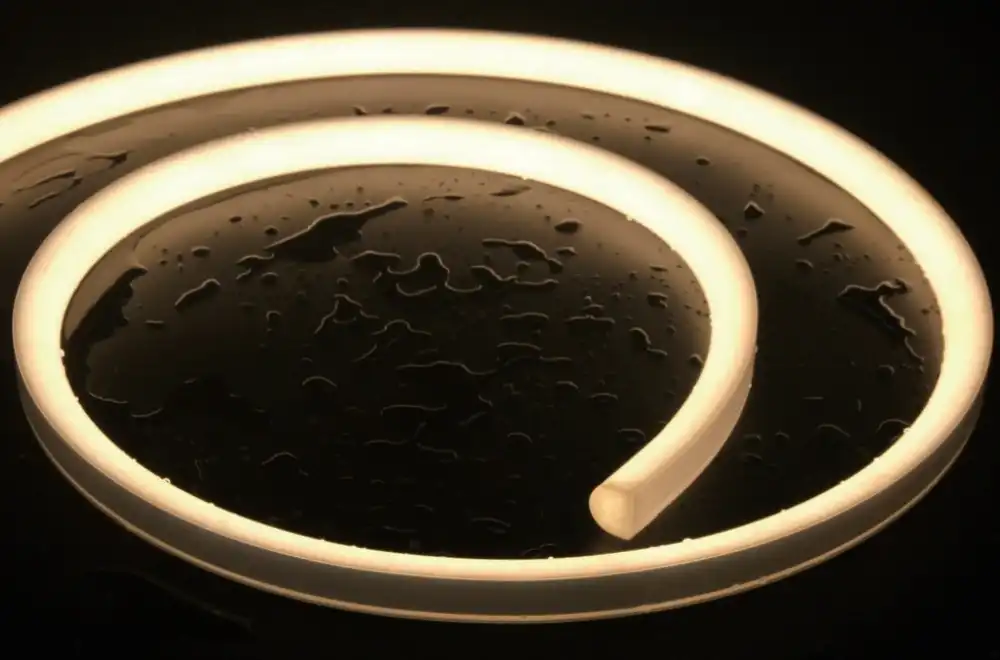
Integration with Smart Building Systems
As smart building technology is used more often, flexible LED neon is changing to be able to work with these systems without any problems. LED neon flex controllers are using more advanced control systems like DALI (Digital Addressable Lighting Interface), which makes it possible to control each part of a bigger display separately. With this much integration, lighting can change based on how many people are in the room, the amount of sunshine, or even data from the building management system.
The Internet of Things (IoT) is also having an impact on how LED neon flex technology is made. Producers are looking into how to add sensors directly into the flex so that the lights can gather and send information about their surroundings. This could result in systems that can figure out their own problems and either report or make changes to their output based on the conditions they are in at the moment.
Sustainable Manufacturing and Recycling Initiatives
As people become more aware of environmental issues, the LED neon flex business is focusing on making production and disposal more eco-friendly. Some makers are making bio-based materials for the flex housing so that they don't have to use as many plastics made from oil. These environmentally friendly options are meant to keep the performance of regular silicone while breaking down more easily in the environment.
LED neon flex recycling services are also becoming more popular. When installations reach the end of their useful lives, specialized recycling methods can get useful materials from the LEDs and other electronic parts. Some businesses are looking into modular designs that make it easier to take things apart and replace parts. This extends the general lifespan of installations and lowers waste.
Conclusion
LED neon flex is a big step forward in lighting technology. It looks great, saves energy, and is very useful. It is used in architecture, business, and interior design to come up with creative ways to deal with all kinds of lighting issues. As technology moves forward, LED neon flex goods will have even more creative uses and better performance.
If you want to use custom LED neon flex for your projects, QUAN HE Lighting Co., Ltd. can help you pick the right goods and give you advice based on your needs. If you want to learn more about our LED neon flex products and how they can help with your lighting projects, please email us at Linda@uc-led.com.
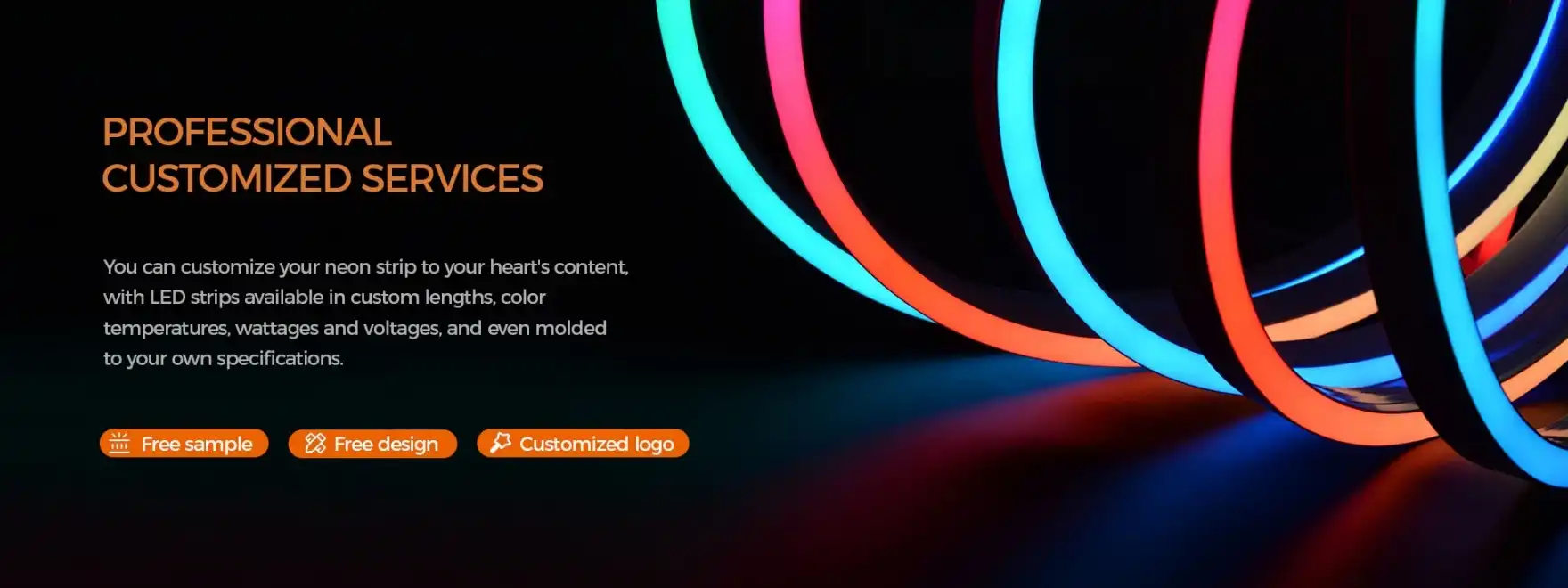
source: LED Light
References
1. Smith, J. (2023). "The Evolution of LED Neon Flex in Modern Architecture". Architectural Lighting Journal, 45(3), 78-92.
2. Johnson, A. & Lee, S. (2022). "Energy Efficiency in Commercial Signage: A Comparative Study of LED Neon Flex vs. Traditional Neon". Journal of Sustainable Lighting, 17(2), 205-220.
3. Chen, L. et al. (2023). "Smart Building Integration: The Role of Advanced LED Lighting Systems". Building Automation and Control Systems, 9(4), 312-328.
4. Williams, R. (2022). "Innovations in LED Neon Flex: Materials, Manufacturing, and Environmental Impact". LED Professional Review, 92, 44-51.
5. Brown, T. & Garcia, M. (2023). "Practical Applications of LED Neon Flex in Interior Design: Case Studies and Best Practices". Interior Design Technology, 28(1), 15-30.
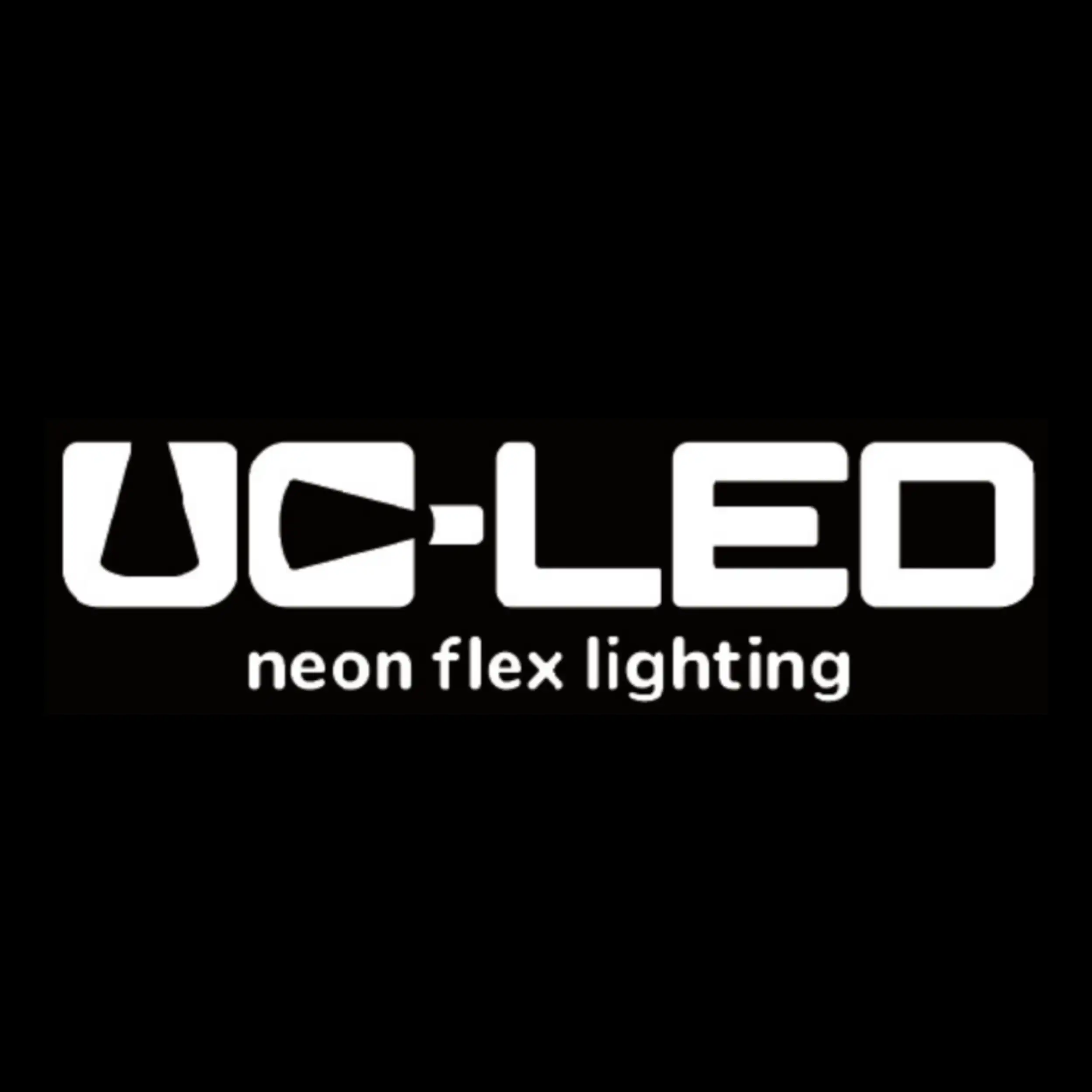
Looking for high-quality LED flexible strips? Click for a free quote in 24 hours!
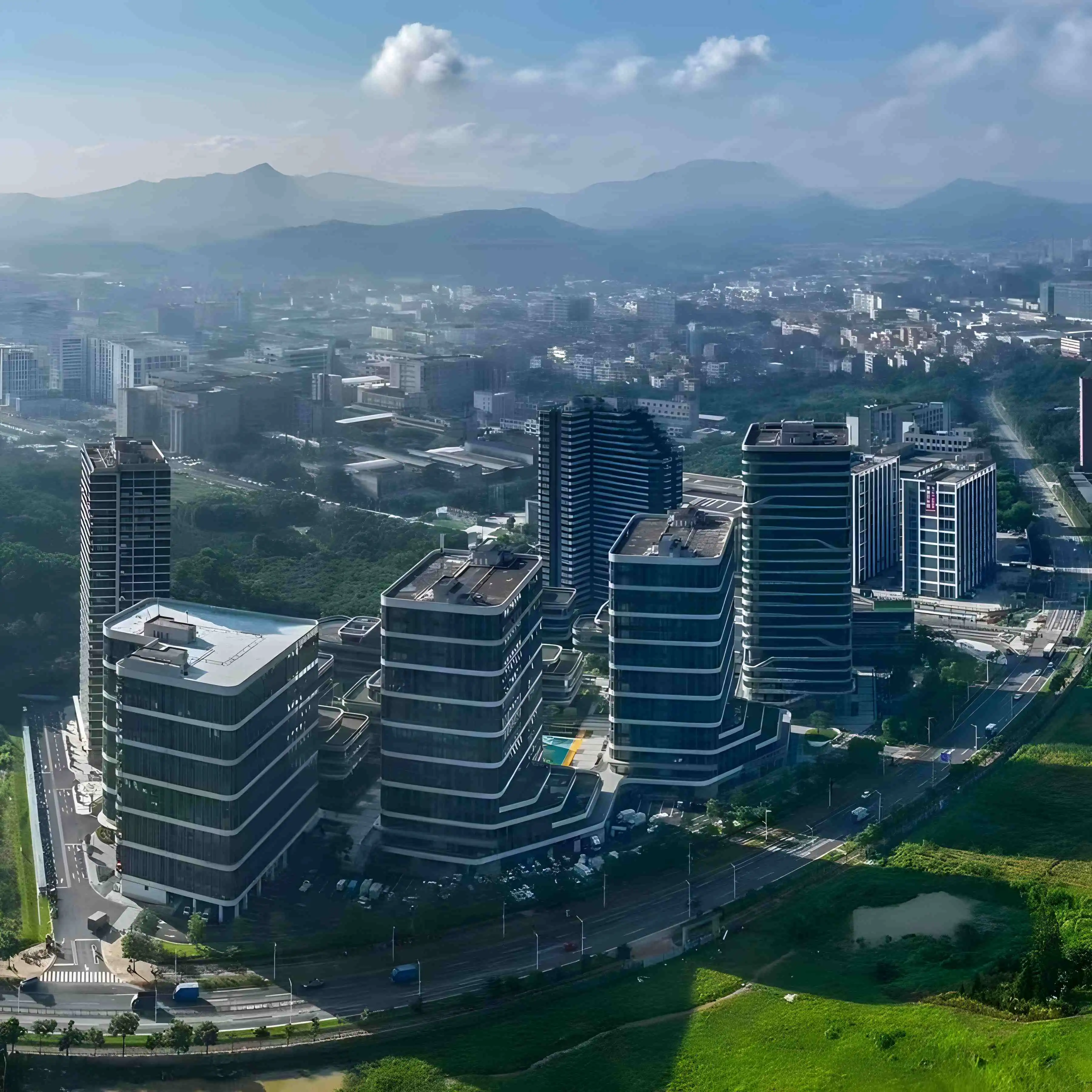
LED Neon Flex Strip Factory - Leading Professional Flexible LED Strip Manufacturer from China
